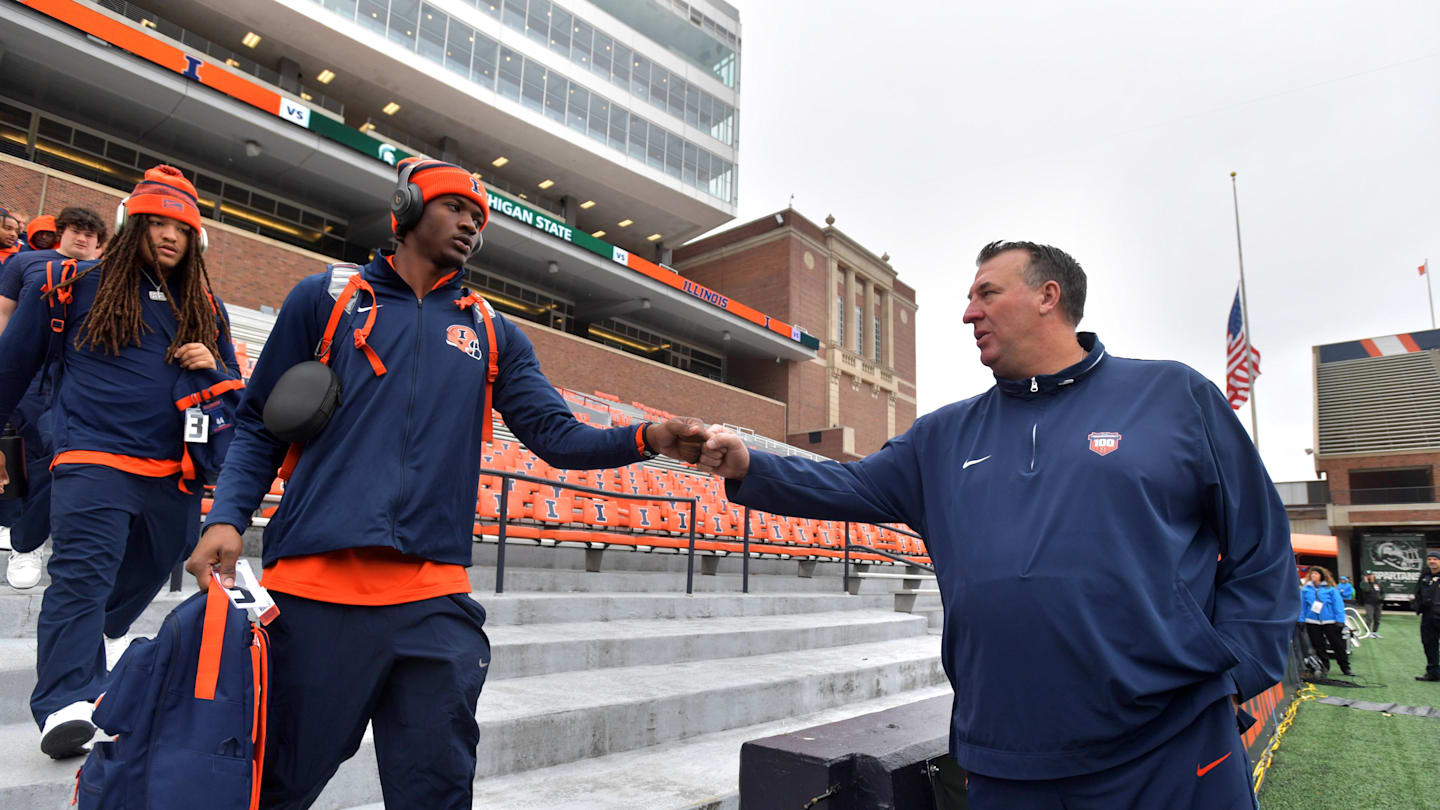Lt. Gov Jeanette Nuñez could be 1st woman, 1st Cuban-American to be Florida governor
Trump mulls replacing Hegseth with DeSantis to run Pentagon
President-elect Donald Trump is considering dropping Pete Hegseth as his pick to lead the Pentagon, choosing Florida Gov. Ron DeSantis in his place.
Florida government is seeing an abrupt shakeup, with President-elect Donald Trump nominating Reps. Matt Gaetz and Mike Waltz and Sen. Marco Rubio to cabinet posts and endorsing state Chief Financial Officer Jimmy Patronis to take over Rubio’s seat.
That leaves holes in three important positions, even though Gaetz withdrew his nomination. Before that, Gaetz resigned his seat ahead of a looming House Ethics report on allegations of sexual misconduct and drug use, which the former congressman has denied.
Gov. Ron DeSantis has called for special elections to fill the two U.S. Representative seats and must name replacements for Rubio and Patronis.
Now insiders are saying Trump might name DeSantis to lead the Pentagon, replacing his current nominee, Fox News host Pete Hegseth, who is facing his own allegations of wrongdoing in his personal and professional life.
That would put Lt. Gov. Jeanette Nuñez in charge of the Sunshine State, making her both Florida’s first woman governor and first Cuban-American governor.
Here’s what to know:
Who is Florida Lt. Gov. Jeanette Nuñez?
Miami native Jeanette Marie Nuñez, 52, one of three daughters of Victor C. and Teresita Sánchez, went straight into politics after getting her undergraduate degree in political science and international relations from Florida International University, working as an aide to then-state Sen. Alex Diaz de la Portilla.
She went on to be vice president of government affairs at Jackson Health System, start her own company (OnPoint Strategies) and work for FIU as an adjunct professor and advisor, where she also completed her Master of Public Administration degree.
In 2010, Nuñez ran for the Florida House of Representatives to replace then-incumbent David Rivera. She ran on job creation, the economy and Medicaid reform and won, and was re-elected in 2012, 2014 and 2016.
During the last two years of her time in the state House, Nuñez served as speaker pro tempore under former House Speaker Richard Corcoran, who later became state Education Commissioner and president of the New College of Florida, the liberal arts college known for diversity and inclusiveness that the governor is remaking into a conservative institution.
During her time in the House, she advocated for a bill to let qualified Florida students pay in-state college tuition rates even if they were in the country illegally.
“Don’t hold these children responsible for something they had no control over,” she said at the time. She walked it back in 2023 as DeSantis’ second-in-command, saying the state could no longer support the number of undocumented Floridians going to college.
Nuñez also kicked off the legislation to make daylight saving time permanent in Florida, filing a bill with then-Rep. Heather Fitzenhagen, R-Fort Myers, in 2018.
She referred to it again last week when Elon Musk was publicly musing on ending “annoying time changes” in his new role as co-leader with entrepreneur Vivek Ramaswamy in Trump’s newly proposed advisory committee on government efficiency.
“In 2018, I made it happen in Florida,” she posted on X. “It’s time for the federal government to step up.”
When did Jeanette Nuñez become lieutenant governor of Florida?
DeSantis chose Nuñez as his running mate for what was then a longshot bid for governor in 2018, boosted by a Trump endorsement and winning a narrow victory over Democratic candidate and Tallahassee Mayor Andrew Gillum.
She quickly became a voice for Medicaid reform and controlling health care costs and helped DeSantis promote his hard-right policies in the state on topics such as immigration, removing DEI (diversity, equity and inclusion) education in colleges and universities and the state’s rejection of math textbooks over supposed “critical race theory” indoctrination.
Nuñez is the highest-ranking Hispanic woman to be elected in Florida history, and the third woman to be lieutenant governor after Toni Jennings and Jennifer Carroll.
It’s “a huge source of pride for me, for my family, but most importantly for my community,” Nuñez told NBC News.
Did Florida Lt. Gov. Jeanette Nuñez call Trump a con man?
“Wake up Florida voters, Trump is the biggest con-man there is,” Nuñez wrote in a Twitter (now X) post in 2016 during the presidential primary, when she backed U.S. Sen. Marco Rubio’s bid against Trump. “#nosubstance #anti-Israel #supportsKKK #neverTrump VOTE @marcorubio #RUBIO”
The South Florida Sun-Sentinel reported that she deleted the tweet soon after she was named DeSantis’ running mate.
Is Florida Lt. Gov. Jeanette Nuñez married?
Nuñez is married to Adrian Nuñez, and the couple have three children.
Ana Goñi-Lessan of the Tallahassee Democrat contributed to this story.


























/cdn.vox-cdn.com/uploads/chorus_asset/file/23906797/VRG_Illo_STK022_K_Radtke_Musk_Scales.jpg)
